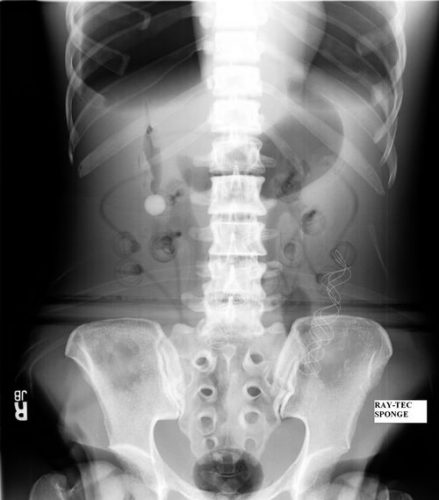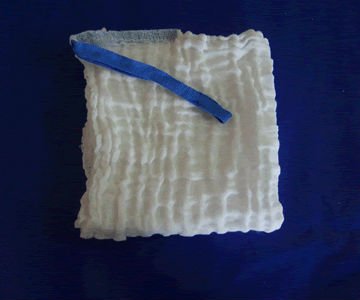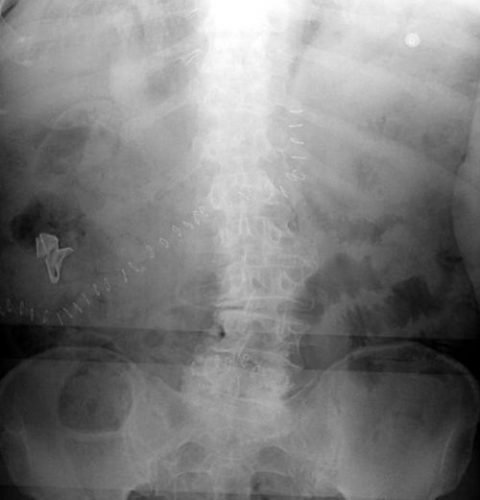To screen on not to screen, that is the question. If you do more testing, you will find more cases. But does it make a difference clinically? Sounds like some of the questions coming up in our current discussion of the Coronavirus. But that’s what we really need to know.
The group at Intermountain Medical Center in Salt Lake City performed a 2 ½ year randomized, prospective study of screening duplex ultrasound of the lower extremities vs no screening study. They used the Risk Assessment Profile (RAP) developed by Greenfield, first published in 2000. Any patient at moderate or higher risk for DVT (RAP score >5) was enrolled in the study. They were randomized into two groups: a screening group who received duplex scans on days 1, 3, 7, and then weekly, and a “no routine screening” group. All patients received chemoprophylaxis per the trauma service’s existing protocol.
The RAP score is a 17 factor scale that assigns a specific number of points based on underlying medical conditions, iatrogenic factors like central lines or transfusions, injury-related factors, and age.
Here are the factoids:
- A total of 3,236 trauma patients were identified, and the 1,989 who were at moderate or higher risk for DVT were evenly randomized to screening vs no screening
- There were no differences in age, sex, BMI, mechanism, ISS, or length of stay between the two groups
- The incidence of DVT was 15% in the screened group vs 1.7% in the no screening group
The authors concluded that screening diagnoses more DVT, most of which is below the knee. And they also noted that screening identified DVT more often than clinical exam alone, but does not result in fewer PE or deaths. They suggest that more work needs to be done to identify exactly who benefits from duplex screening the most.
Here are my comments:
Finally, an easy to follow and well-designed study! But I think some of the results may be missing from the abstract. That section cuts off in the middle of some of the statistics, and there is no mention of the clot location or PE/mortality rates mentioned in the conclusion.
I also worry that a thousand patients in each group may not be enough. We are working with low incidence end points like PE and death, and this is an association study with many potential confounders/factors that may not have been recorded. I generally like to see the ability to detect a minimum of a 2x effect. So if the incidence of PE is 1.5%, I like to see the ability to detect a difference if the other group is 3%.
And speaking of study size. The RAP score was first described in 1997 and was a pilot study. They drew their conclusions from only 53 patients, and the only risk factor that they could show that was a statistically significant predictor of DVT was age. They concluded that surveillance of patients with RAP > 5 was warranted. This abstract builds upon this work, but is trying to say that maybe we don’t need to do duplex scans.
Here are my questions for the presenter and authors:
- Is there some text missing from the end of the results section of the abstract? It seems to end unexpectedly, and some things are mentioned in the conclusions that are not in the results.
- Why did you choose the RAP score? There are other risk assessment tools available out there. What is so special about RAP?
- Is your sample size large enough to detect differences in incidence of PE or death? My back of the envelope calculations suggest at least 1,500 patients would be needed in each group.
- How long did you follow patients to determine if they had PE or death? Until they were discharged? Later than that? This makes a big difference in the eventual incidence of these outcomes.
- Based on what you found, is there any value to treating asymptomatic proximal DVT? It sounds like you are saying that screening is not needed at all because PE and death are the same. Isn’t there value in treating proximal DVT if you find it?
This abstract certainly got me thinking! I am looking forward to the presentation and discussion of this abstract!
Reference: Head in the sand? The value of routine duplex ultrasound screening for venous thromboembolism in the trauma patient: a randomized Vanguard trial. AAST 2020, Oral Abstract #16.






